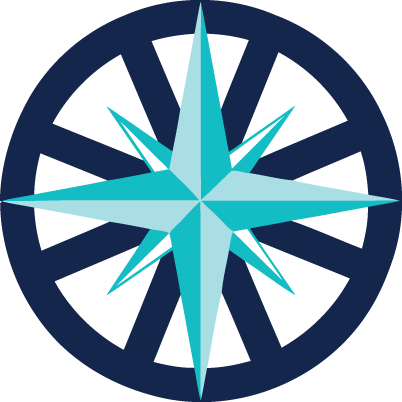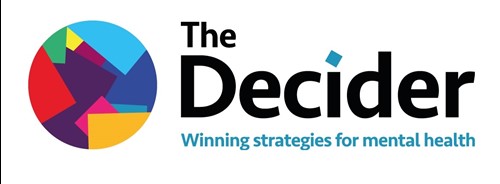CBT Self Help Course Step 1
Mental Health and Wellbeing Self Help Course using effective CBT strategies, in 7 steps. Understand the problem, and learn practical steps to make positive changes
Printable PDF : Step 1 or print the whole Self Help Course
STEP 1
This self-help course will be helpful for individuals who have problems with anxiety, depression or anger. The course can also be adapted for other problems. Clinicians can use the course with their clients, using one step each weekly or fortnightly session.
The best way to use the CBT Self-Help course is to work through each step over a few days, then return and move on to the next step. If you prefer, you can download and print this step as a PDF : Step 1 or print the whole Self Help Course as PDF.
The documents linked from the bottom of each page are intended to be an integral part of this course, and should not be omitted - the worksheet documents are included in the downloadable Steps linked above.
This mini 7-step self-help course includes techniques which could be useful for all, but professional help should be sought for complex or long-standing problems.
You can also use the Self Help mp3 downloads to strengthen therapy or as a stand-alone technique.
Once you've read through the introduction to CBT on this page, you can start to look at what's helping to keep your problems going.
See also: The Decider Skills for Self Help online course
What Is CBT - basic vicious cycle
IDENTIFYING THOUGHTS, FEELINGS & BEHAVIOURS
The first step involves learning about and how to notice our thoughts, feelings and behaviours. Normally, we simply react to thoughts and feelings rather than notice or question them.
Let's use a recent example, when you've been distressed - perhaps something has happened in the past week or so when you've felt particularly anxious, angry, or depressed.
SITUATION
What happened? When and where did it happen? What else was going on? Was it a situation that you often find yourself in? Who were you with?
What thoughts or images went through your mind just before or during that time? If you had that thought, what did that mean to you, or what did that say about you or the situation? If your thought was a question, try to answer it. What disturbed me?
FEELINGS
What distressing emotion/s did you feel? What else?
E.g. Anger, anxiety, terror, rage, depression, frustration, guilt, shame, irritable.....
What did you notice in your body?
E.g. In anxiety and anger (and excitement) the body's adrenaline can result in us feeling physical sensations which include: heart pounding or racing, palpitations, rapid breathing, difficulty breathing, light-headed, dizzy, shaky, sweaty, hot, red, pins & needles, tense or sore muscles, urge to go to the toilet, butterflies in the tummy, warm uncomfortable feeling in the abdomen or chest, difficulty concentrating, lump in throat. This is the fight & flight response - the body's survival mechanism which helps us escape or to stand up to the threat at times of real danger. The body is unable to differentiate between a real or imagined danger, so the alarm signal is pressed and activated regardless.
In depression, we can feel tired, lethargic, exhausted, experience appetite and sleep changes, aches and pains, headaches, digestive changes (e.g. constipation), agitation and feel unable to settle, experience lack of interest in sex, and have slow movement or speech.
BEHAVIOURS
What did you do? What didn't you do? How did you cope?
Examples include:
(Anxiety): Stayed home, left wherever you were or felt the urge to leave, didn't talk to anyone, avoided eye contact, fiddled with a pen, sat in a corner, didn't go out, chose to shop at less busy times, went to local corner shop instead of the big supermarket, distracted yourself (tv, radio, kept busy etc), urge to go (or went) to toilet, looked for reassurance, drank more, smoked more, ate more (or less), disturbed sleep.(Depression): Stayed in bed, pulled covers over your head, didn't go out, sat and stared, watched television, didn't answer the phone, turned down an invite from a friend, didn't go to work, ate more (or less), slept more (or less), paced around, kept starting to do things but couldn't finish, no interest in others, no interest in sex, no interest in anything. (Anger): shouted at someone, hit out, screamed, had a go at someone, sulked, criticised others (or had urge to do those things), used put-downs and threats, bottled it up, lost control.
Use the Self Help mp3 downloads to strengthen therapy or as a stand-alone technique.
Practice noticing these thoughts, feelings and behaviours - the more you practice, the more you will notice them. The more you notice them, the more you will be able to make helpful and effective changes.
The Vicious Cycle form will help you practice - write down at least one situation every day for the next few days.
CBT Vicious Cycles - video (longer version)


